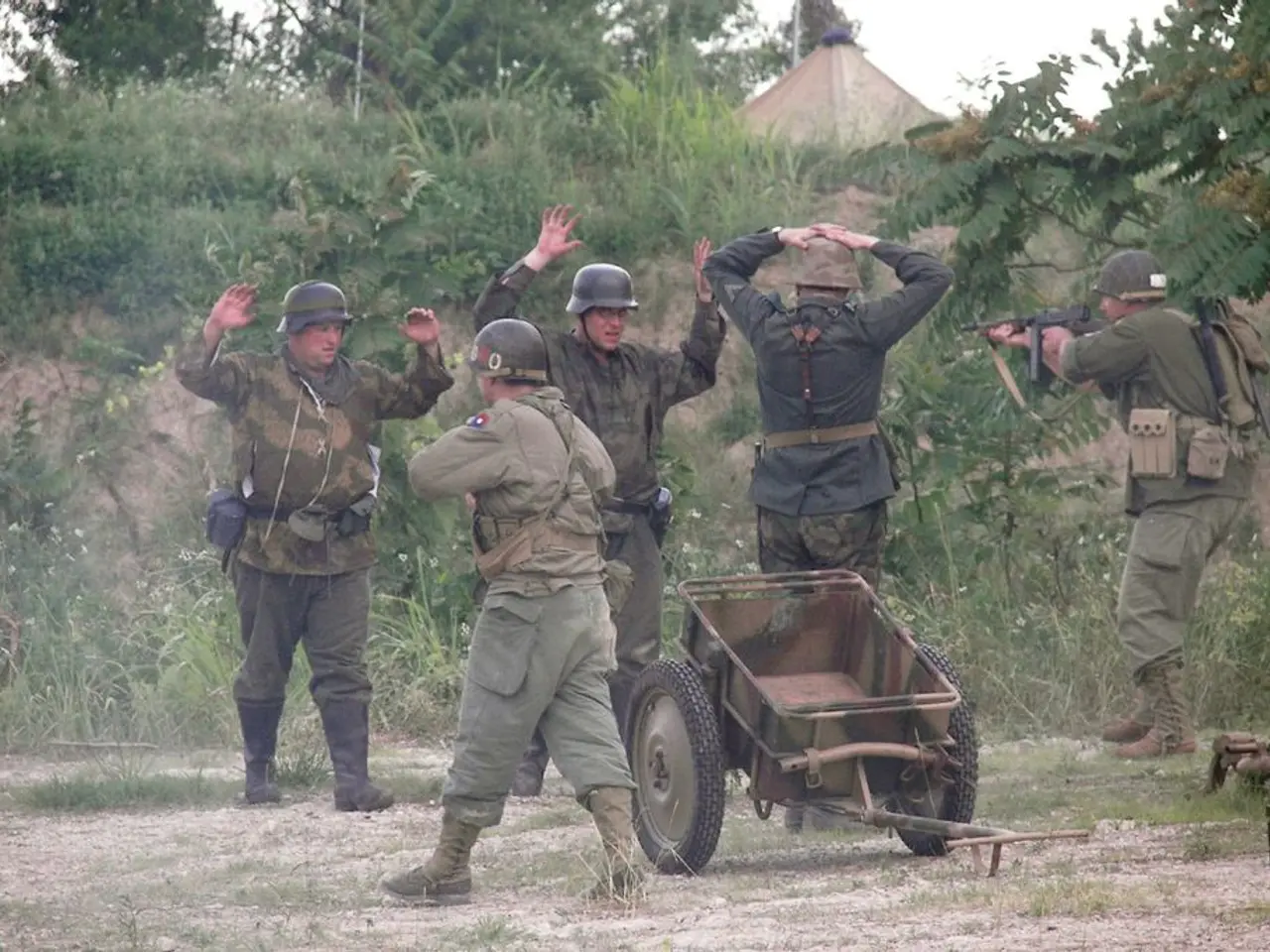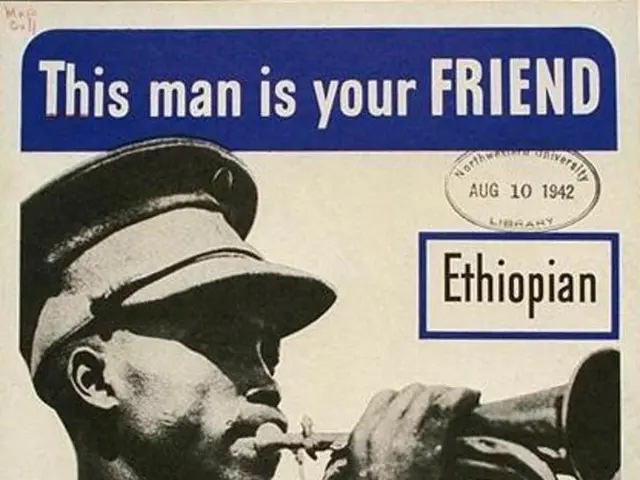Vikings and Slavs enthusiasts don their period attire for Wolin, Poland's Festival. Surprisingly, only one Viking-era helmet has been unearthed, featuring a basic design, contrasting the legendary horned styles.
The Vikings, often depicted in popular culture as towering, blonde, horn-wearing raiders, are far more complex and diverse than the stereotypes suggest. Recent DNA studies of Viking remains have confirmed this, revealing a people that were a cultural and ethnic mix, not exclusively of Scandinavian descent.
Contrary to popular belief, the average male in the Viking era stood at roughly 1.73 meters (about 5 feet 6 inches), the same as the average European man. And while they were indeed raiders, the term "Viking" refers specifically to those who adventured overseas to plunder and raid.
One intriguing fact about the Vikings is their use of soap with a high lye content. This soap was not only used for hygiene purposes but also served as a deterrent for lice, with the added side effect of bleaching their hair.
The Vikings were the first Europeans to set foot in the Americas, at least 400 years before Columbus. The archaeologist Helge Ingstad and his wife Anne Stine Ingstad proved this with excavations at L'Anse aux Meadows, Newfoundland, in 1960.
Despite common misconceptions, Vikings did not wear horned helmets. The only Viking age helmet ever found, the Gjermundbu helmet, bears a resemblance to a Batman mask, sans pointed ears.
The origin of the name "Viking" itself is all but certain, with theories suggesting it means to break, twist, or deviate, reflecting the Vikings' tendency to break away from typical societal norms.
The Viking society was not a single nation but small groups ruled by elected chieftains. Violence was endemic during the Viking age, but the Vikings were no more brutal than other nations or tribes. Archaeological evidence suggests that they were not poorly-washed men, as their graves and other excavated sites are full of combs, tweezers, and razors.
One of the most persistent myths about the Vikings is the practice of the "blood eagle" ritual. However, experts believe this is a misinterpretation of poetic license and may have originated with early Christian Scandinavian writers.
Today, experts continue to unearth artifacts and probe their origins. This year, a jewelry trove was discovered outside Stockholm, adding to our understanding of the Viking age. The misconceptions surrounding the Vikings are being gradually debunked, revealing a people far more complex and diverse than previously thought.
Read also:
- Peptide YY (PYY): Exploring its Role in Appetite Suppression, Intestinal Health, and Cognitive Links
- Toddler Health: Rotavirus Signs, Origins, and Potential Complications
- Digestive issues and heart discomfort: Root causes and associated health conditions
- House Infernos: Deadly Hazards Surpassing the Flames








